Last updated on May 4th, 2022 at 06:03 am
My previous post was about the components of Emotional Intelligence (EQ) and their key indicators. To reiterate the 5 components of EQ are – Self-Awareness, Self-regulation, motivation, empathy, and social skills.
As an individual EQ is a key skill. But if you think a little beyond EQ for Individuals, every team has its own composition, culture, and collaborative EQ. If you for a moment think of a team as a singular entity you would soon realize that the team’s Collaborative EQ is key for it to be successful.
A team with emotionally intelligent members does not necessarily make for an emotionally intelligent group. A team, like any social group, takes on its own character.
We as TPMs often build and work with high-performing teams. In my opinion, one of the fundamental cornerstones of a high-functioning team is the “Collaborative EQ” of the team.
The Effectiveness of a Team Has Three Factors:
- Trust among members.
- A sense of group identity.
- A sense of group efficiency.
When the above traits are absent, the motions of cooperating and participating are still possible, but the team will not be as effective or highly performant as it could be. This is because members will choose to hold back in one form or the other rather than fully engage.
To be most effective, the team needs to create emotionally intelligent norms that focus on the attitudes and behaviors that support behaviors for building trust, group identity, and group efficiency.
A Team’s Awareness & Regulation Depends On:-
- Individual Team Members
- The Whole Group
- Other Key Groups With Whom It Interacts With.
Let’s take a closer look into each one of these factors.
Individual Team Members
- Encourage hearing the voices of each of your team members.
- You treat each of your members with respect.
- Build trust within the members of your team.
- Acknowledge differences in opinion but when decisions are made, commit to the goal.
- Appreciate and encourage team members.
The Group As A Whole
- General awareness of the group’s strengths and weaknesses.
- A sense of group identity.
- Understand the modes of interaction between the individuals of the group
- Promote collaboration and cultivate a positive environment.
- Develop cross-team trust and build strong relationships.
Other Key Groups with whom the team interacts with
- Designate team members to liaison with outside groups
- Identify other groups’ expectations and needs to know the broader social and political context that your group operates in.
- Identify and support other groups’ expectations and needs.
There Are Three Basic Conditions for Higher Degrees of Effectiveness
- Mutual trust among members.
- A sense of group identity (a feeling among members that they belong to a unique and worthwhile group).
- A sense of group efficacy (the belief that the team can perform well and that group members are more effective working together than apart).
At the heart of these three conditions are emotions, trust, a sense of a singular entity.
What Happens When A Team Over Index on Cohesion
So this is not as rare as you might think. Teams do find the voice and become a singular cohesive unit. The more a team overdoes this they almost become a cult having a strong unique culture and cohesion. When this does happen the group is almost like a mob and develops a mob mentality. They become anti-org sometimes, sometimes they stop playing well with other teams, and new people who join a team like this find it incredibly difficult to integrate with the team. Just something to be aware of.
Hope you enjoyed that!
Mario Gerard.

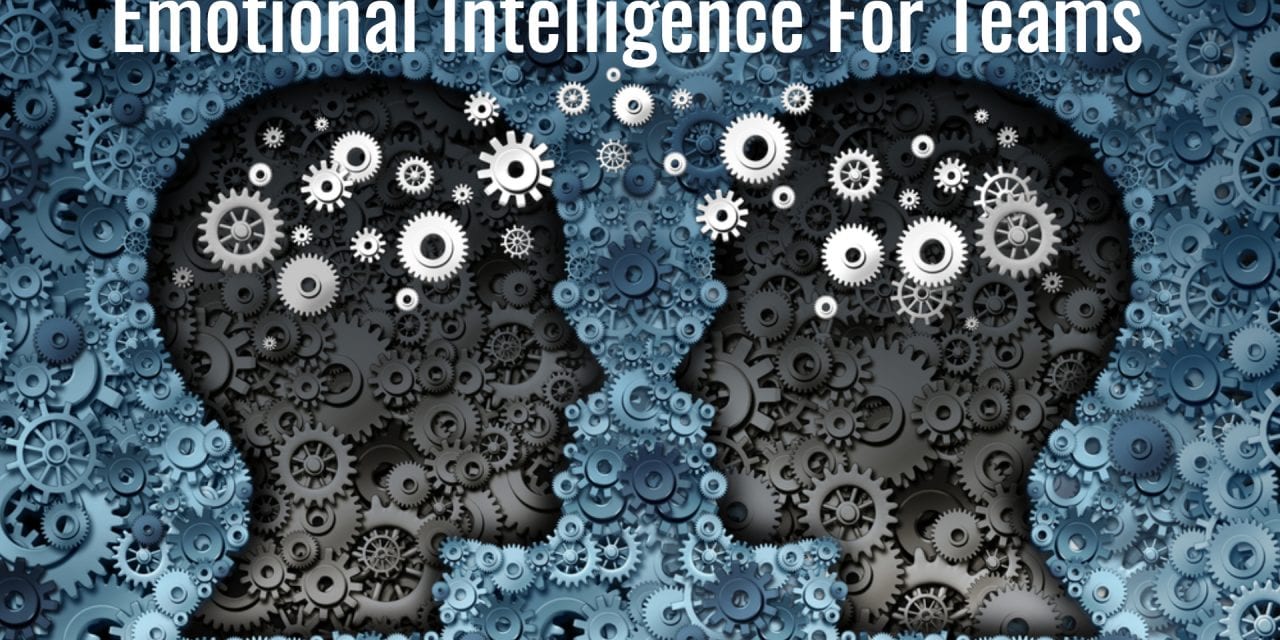
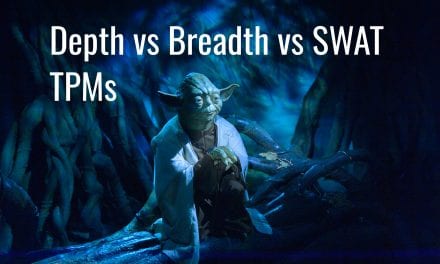
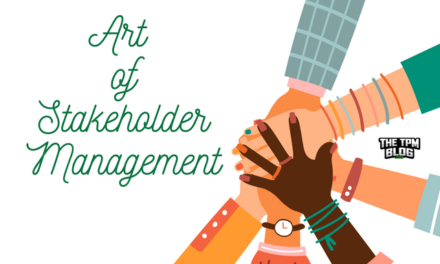







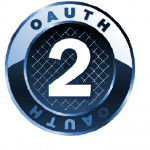
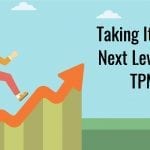
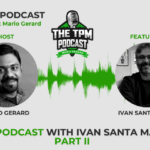
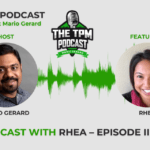



#like